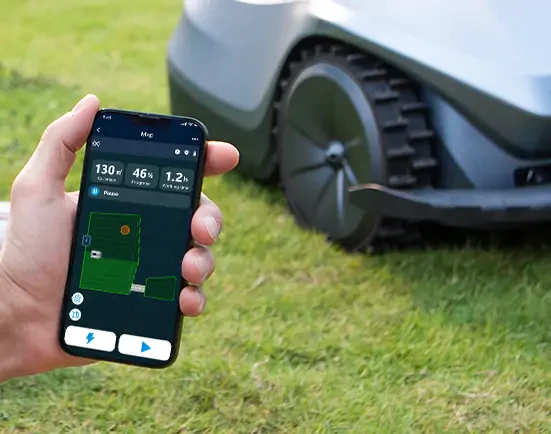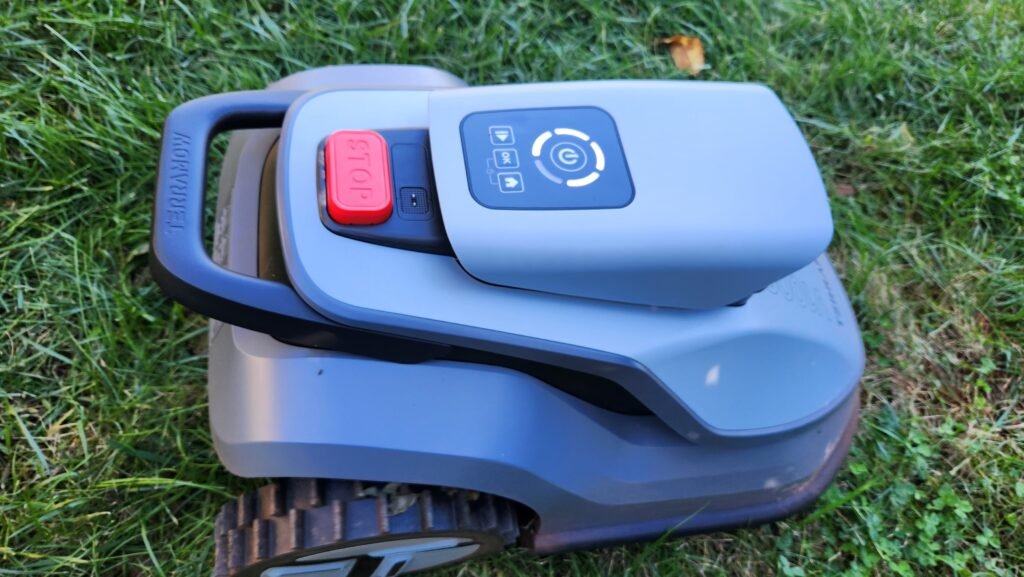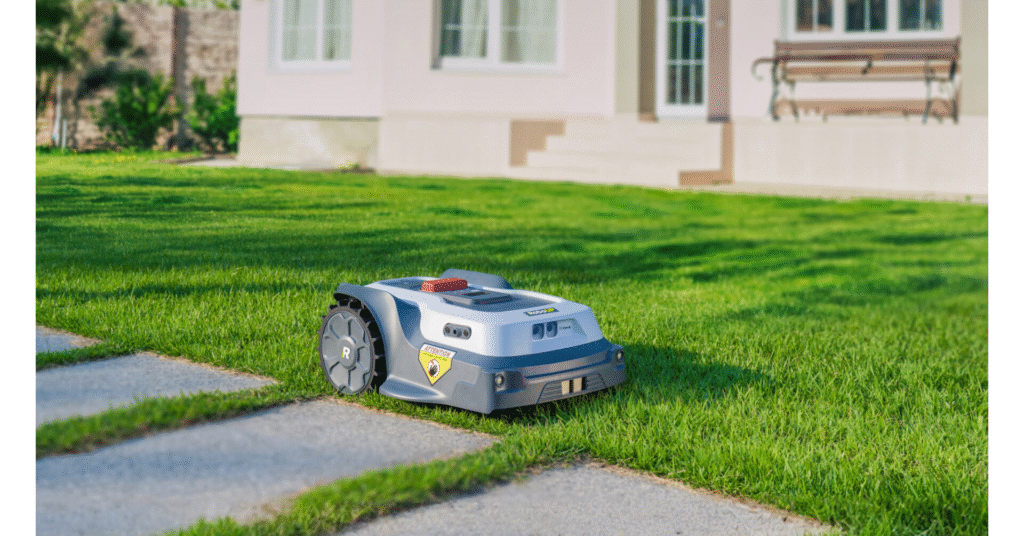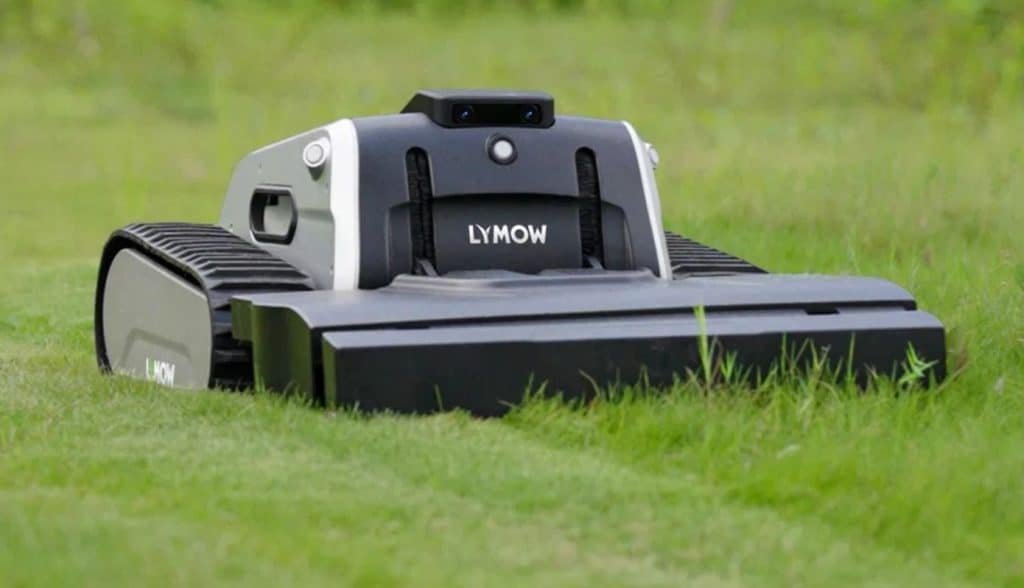Hookii Neomow looking for the perfect robot mower, are often left with two basic choices. They can either choose a model that uses a perimeter wire for guidance or opt for a wireless GPS/RTK mower.
Both of these have their pros and cons, and for some homeowners, their perfect mower may be somewhere in the middle between these two options. This means that they still can’t seem to find a mower that can both reliably navigate their lawn and provide the ease of installation they’re looking for.
The Neomow X is looking to change that and fill the gap between these two options. By using a unique navigation technology, the Neomow X looks to disrupt the robot mower market.
But does it live up to the hype and promises? Below, we’ll go over the new Neomow X and see if its new navigation system delivers on the promise of being both reliable and easy to set up.
Who Makes The Neomow X?
With so many new robot mowers entering the market it’s getting hard to keep track of all the manufacturers and brands that keep popping up.
In the case of Hookii Neomow it’s manufactured by a company called Hookii. Hookii is a Hong Kong-based technology company. Although only about a year old, they were spun off as the robot mower division of parent company Orca Innovation. Orca has been building service robots and automation technology for various industries for over seven years. Orca is based in China.
What Makes The Neomow X Different?
As with most robot mowers, much of the difference comes down to how they navigate your lawn. The method the mower uses impacts the setup or installation time as well as how reliably the mower stays on course.
Newomow uses a new technology known as LiDAR SLAM.
To explain, let’s first get the acronyms out of the way. LiDAR stands for Light Detection and Ranging. Next, SLAM stands for Simultaneous Localization and Mapping.
To put that in simple terms, it basically means lasers are used to create a virtual map of your lawn, which the mower then uses to determine how to best get around without hitting anything.
The lasers are sent out by the mower and the time it takes for them to be reflected back is constantly calculated by the mower’s onboard computer. This creates a 3D-style image of the world around it.
This technology is similar to that used in some autonomous cars you may have seen driving around your city. Those large arrays on the top of the car are LiDAR SLAM sensors.
Some autonomous cars and robots use a similar system that uses video cameras instead of lasers, but the concept is the same.
The benefit of this technology in a mower is that it doesn’t require GPS/RTK signals. GPS/RTK is what most other non-perimeter wire robot mowers use for navigation. GPS/RTK is great, but only if you have a clear signal. It also requires base antennas to be placed at central locations in your yard.
Depending on the layout of your yard, the needed placement for these base stations can be somewhat unsightly. They may also be an unwanted obstacle depending on how you use your lawn.
LiDAR SLAM promises to fix this, but does it work?
Setting up the Neomow X

Setting up the Neomow promises to be one of the easier setups of all robot mowers.
To begin, you need to pair the app with the mower, which is common with most setups and only takes a few minutes. Once paired, the instructions on the app are fairly straightforward and take you through each step of the process.
You can also connect the app and mower to 4G or your local Wi-Fi to extend the range of the app. This is a nice touch as several mowers only use Bluetooth, requiring you to stay close to the mower to interact with it.
The Neomow X setup mostly involves you controlling the robot around your property via remote control using the app. This is pretty standard with mowers these days, so you may already be familiar with this process. It takes a little time, but it is easy and you simply walk around your lawn while guiding the robot via the app.
During this time, the mower is also using its LiDAR SLAM system to map its environment. It’s doing this behind the scenes, so you don’t need to make any adjustments to the system for it to work.
Once completed, the mower returns to the base station and is ready to make its initial cut.
Neomow X Performance
The demo we had was limited and the area was a controlled environment. However, the LiDAR SLAM system worked as advertised. The mower was able to navigate the lawn area efficiently and a few obstacles placed in its path were easily avoided.
Even objects placed in front as it was moving were detected and avoided. There is also a pressure-sensitive bumper on the front of the mower to stop it should it collide with something it couldn’t detect.
The one issue with LiDAR SLAM systems is that different environments can yield much different results. We are curious how it will deal with boundaries such as fences with large slats and if it will detect those properly or if the laser will go through the areas between slats.
We have the same concern about certain obstacles like chain link fences or chicken wire some people may use around garden areas.
However, the app does allow you to create exclusion zones manually, so many of these issues should be solvable using the app and a bit of trial and error.
Cutting performance was what we expect from a mower these days. Most of the newer robot mowers all cut equally well. Most of this is because they all essentially use the same blade system. So there is little difference in this department.
Neomow X Specs:
- Range: 5,000 meters squared
- Cutting Height: 30-85mm (1.2 to 3.3 inches)
- Cutting Width: 280mm (11 inches)
- Max Slope: 45 degrees
- Run Time: Approximately 2.5 hours
- Charge Time: 3 hours
- Straight-line Mowing
- Quick Resume allows the mower to restart where it left off
- No guidewire or base antenna needed
Neomow X Final Review
Overall, this is an exciting technology and one that is usually reserved for high-end autonomous cars. For those looking to ditch the perimeter wire and auxiliary base station antennas, this may be your only choice, at least for now.
The Neomow X mower prices start at $2299 for the 1/2 acre model and can be purchased at Hookii.com.
Some homeowners love the idea of having the latest and greatest home tech and don’t mind the learning curve or teething issues that may be involved. For those people, the Neomow X offers a compelling proposition. You just may have to take a little risk if you want to be one of the first to experience it.













This looks like an interesting product to try out. Robotic mowers are the way to go for people who have mobility issues.
I’ve never owned any type of robotics equipment but do use battery operated tools. So, this sounds like a great combination to try.
I have quite a large yard and for the most part I enjoy running the riding lawn mower but there are some areas, such as two large culverts that would be well suited to a robotic mower I think and that would eliminate the scariest part of the job for me.